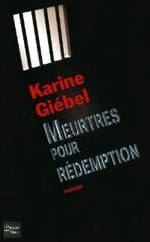



About halfway though, I thought the book started to fall apart. It explores a lot of themes of what it means to be human, how to adapt to a changing culture while remaining true to yourself, and the role of religion and spirituality in society. There are a lot of fantastical elements woven in: a giant frog who could ward off colonizers, bears that seduce women, and louse that has been bred to the size of a goat by the "Primates," two forest dwellers who live in the trees, refuse to wear clothing, and have remnants of a tail. This lifestyle has been fading away for generations, as the forest dwellers stop learning Snakish and instead move to the village where they eat bread (which is almost a forbidden fruit among forest dwellers), grow their own food, and convert to Christianity. Show More they are able to beckon deer to them for slaughter using Snakish. With lothario bears who wordlessly seduce women, a giant louse with a penchant for swimming, a legendary flying frog, and a young charismatic viper named Ints, The Man Who Spoke Snakish is a totally inventive novel for readers of David Mitchell, Sjón, and Terry Pratchett. But the forest is gradually emptying as more and more people leave to settle in villages, where they break their backs tilling the land to grow wheat for their "bread" (which Leemet has been told tastes horrible) and where they pray to a god very different from the spirits worshipped in the forest's sacred grove. Set in a fantastical version of medieval Estonia, The Man Who Spoke Snakish follows a young boy, Leemet, who lives with his hunter-gatherer family in the forest and is the last speaker of the ancient tongue of snakish, a language that allows its speakers to command all animals. The runaway Estonian bestseller tells the imaginative and moving story of a boy tasked with preserving ancient traditions in the face of modernity.


 0 kommentar(er)
0 kommentar(er)
